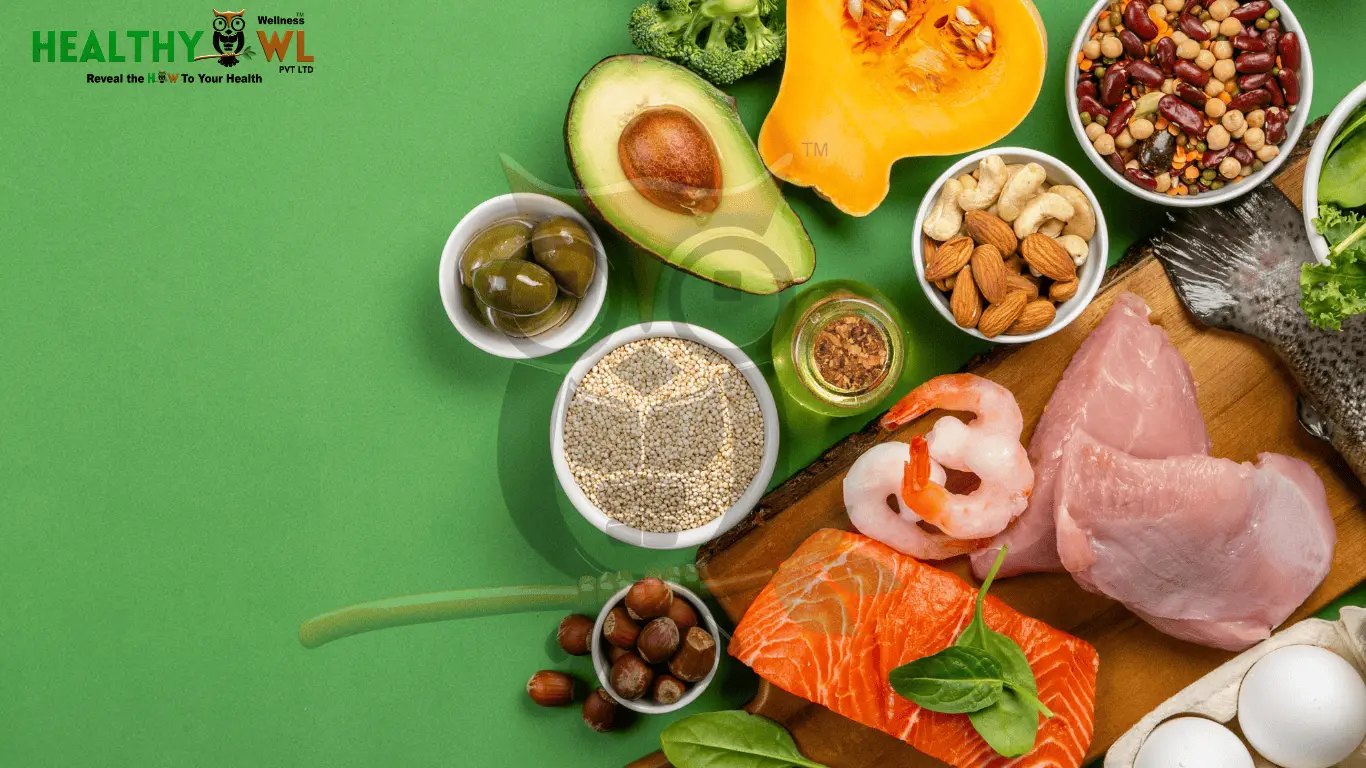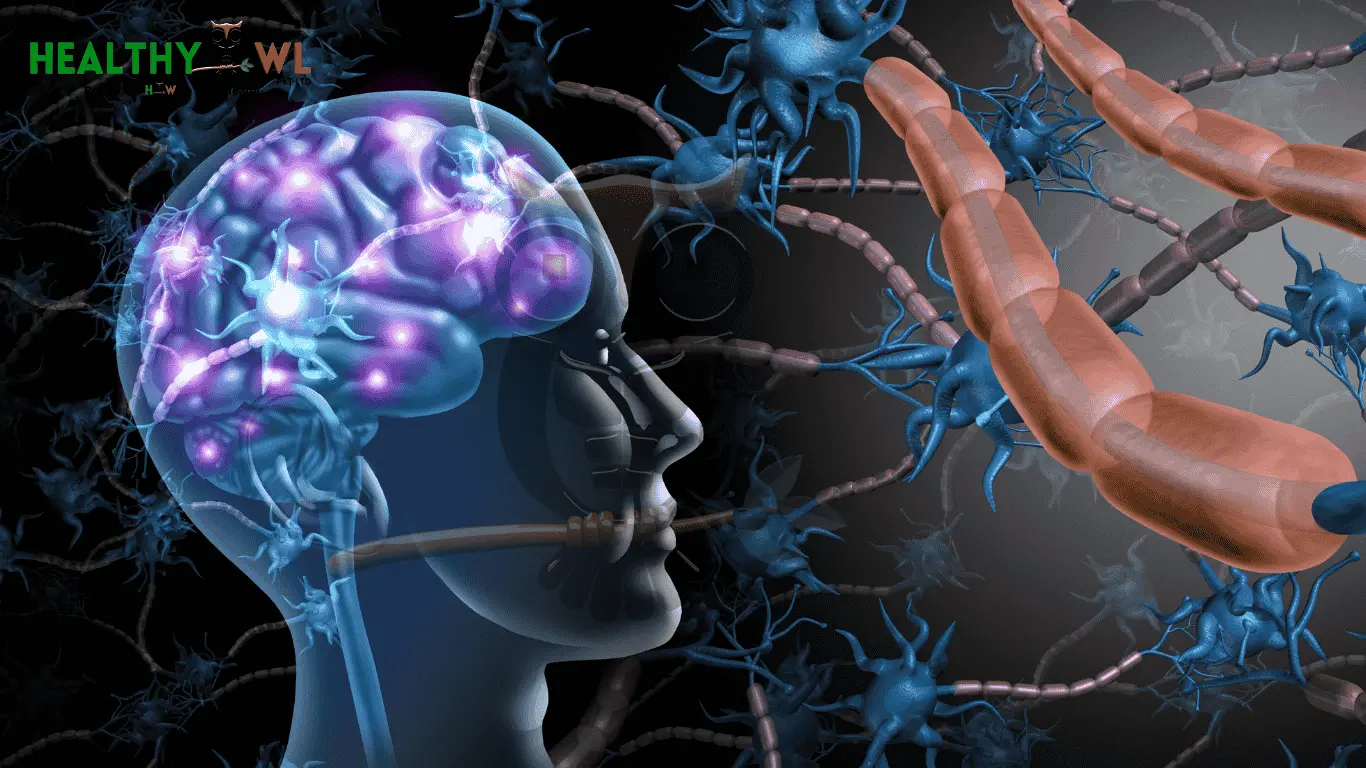Introduction
Why do some people feel great on a high-protein diet while others feel sluggish? Why can one person enjoy coffee without issues, while another experiences jitters and poor sleep? The answer lies in gene–diet interactions — the way your genetic makeup influences how your body responds to food.
This growing field is the foundation of personalized nutrition, helping explain why a “one-size-fits-all” diet rarely works.
What Are Gene–Diet Interactions?
Gene–diet interactions describe the two-way conversation between your diet and your DNA:
- Diet can influence gene activity. Food components act like switches, turning certain genes on or off.
- Genes influence how you respond to food. Genetic differences explain why two people can react differently to the same meal.
Want to explore this in depth? Check out our blog on Nutrigenomics vs. Nutrigenetics.
Gut Microbiome: The Mediator Between Diet and Genes
The gut microbiome is a critical player in gene–diet interactions. It acts as a “middleman” by breaking down food and producing compounds that directly affect gene expression.
Role of Fiber and SCFAs
- Fiber-rich foods (fruits, vegetables, legumes, whole grains) are fermented by gut microbes into short-chain fatty acids (SCFAs).
- Butyrate, one SCFA, functions as an epigenetic regulator, switching on anti-inflammatory genes and switching off pro-inflammatory ones.
- This process reduces systemic inflammation and strengthens immunity.
(Valdes et al., BMJ, 2018; Canani et al., Nat Rev Gastroenterol Hepatol, 2011)
Microbiome–Gene–Immune Axis
- Beneficial microbes such as Faecalibacterium prausnitzii and Roseburia support gut barrier integrity and reduce the risk of inflammatory diseases.
- Polyphenol-rich foods like berries, green tea, and cocoa interact with gut microbes, producing metabolites that regulate immune-related genes.
The microbiome essentially acts like a switchboard, converting dietary inputs into genetic signals that shape long-term health.
Examples of Gene–Diet Interactions in Health
1. Weight Management
Certain genetic variants influence appetite, fat storage, and response to different diets:
- People with FTO gene variants may struggle more with high-fat diets.
- High-protein diets can be more effective for individuals with genes that regulate satiety hormones.
2. Diabetes and Blood Sugar Control
- Variants in the TCF7L2 gene increase diabetes risk, but diets rich in fiber can reduce this effect.
- Personalized low-glycemic diets help prevent blood sugar spikes in genetically at-risk individuals.
3. Heart Health
- People with the APOE4 gene variant have higher sensitivity to saturated fat intake, increasing cholesterol risk.
- Omega-3 fatty acids benefit heart health more in certain genetic profiles than others.
4. Caffeine and Sleep
- Variants in the CYP1A2 gene determine whether you are a “fast” or “slow” caffeine metabolizer.
- Slow metabolizers may experience jitters, insomnia, or higher blood pressure after coffee.
The Future: Multi-Omics and Precision Nutrition
The next step in nutrition science is multi-omics integration — combining genetic data with insights from epigenetics, metabolomics, and the microbiome.
- Genomics → your DNA blueprint
- Epigenomics → how diet modifies gene activity
- Metabolomics → real-time markers of metabolism
- Microbiomics → gut microbes shaping nutrient response
This nutri-omics approach will lead to truly precision nutrition plans, tailored as uniquely as your fingerprint.
Explore more in this Multi-Omics in Nutrition research.
Why Gene–Diet Interactions Matter
- They explain why generic diet plans don’t work for everyone.
- They provide strategies to prevent or manage lifestyle diseases such as diabetes, obesity, and heart disease.
- They can optimize mental health, energy, and longevity through targeted nutrition.
Your genes don’t define your destiny — but they do help you understand the best path to health.
Conclusion
The role of gene–diet interactions in health is undeniable. Food and genes are in constant dialogue and understanding that conversation is the key to better health outcomes.
From the gut microbiome’s role as a mediator to the future of multi-omics-driven precision nutrition, it’s clear that we’re moving beyond trial-and-error diets toward science-backed personalization.
Take the Next Step with Healthy Owl Wellness
At Healthy Owl Wellness, we believe in moving past generic diet charts. Our approach uses the science of gene–diet interactions, gut health, and personalized nutrition to create wellness plans that work for your unique biology.
👉 Contact Healthy Owl Wellness today and start your journey toward better health, backed by science.
Reference:
- Valdes, A. M., Walter, J., Segal, E., & Spector, T. D. (2018). Role of the gut microbiota in nutrition and health. BMJ, 361:k2179.
- Canani, R. B., Costanzo, M. D., Leone, L., Pedata, M., Meli, R., & Calignano, A. (2011). Potential beneficial effects of butyrate in intestinal and extraintestinal diseases. World Journal of Gastroenterology, 17(12), 1519–1528.
- Kau, A. L., Ahern, P. P., Griffin, N. W., Goodman, A. L., & Gordon, J. I. (2011). Human nutrition, the gut microbiome and the immune system. Nature, 474(7351), 327–336.
- Wong, A. C., & Levy, M. (2015). New approaches to microbiome-based therapies. Genome Medicine, 7, 91.
- MDPI Nutrients – Special Issue: Nutritional Genomics and Personalized Diets.











